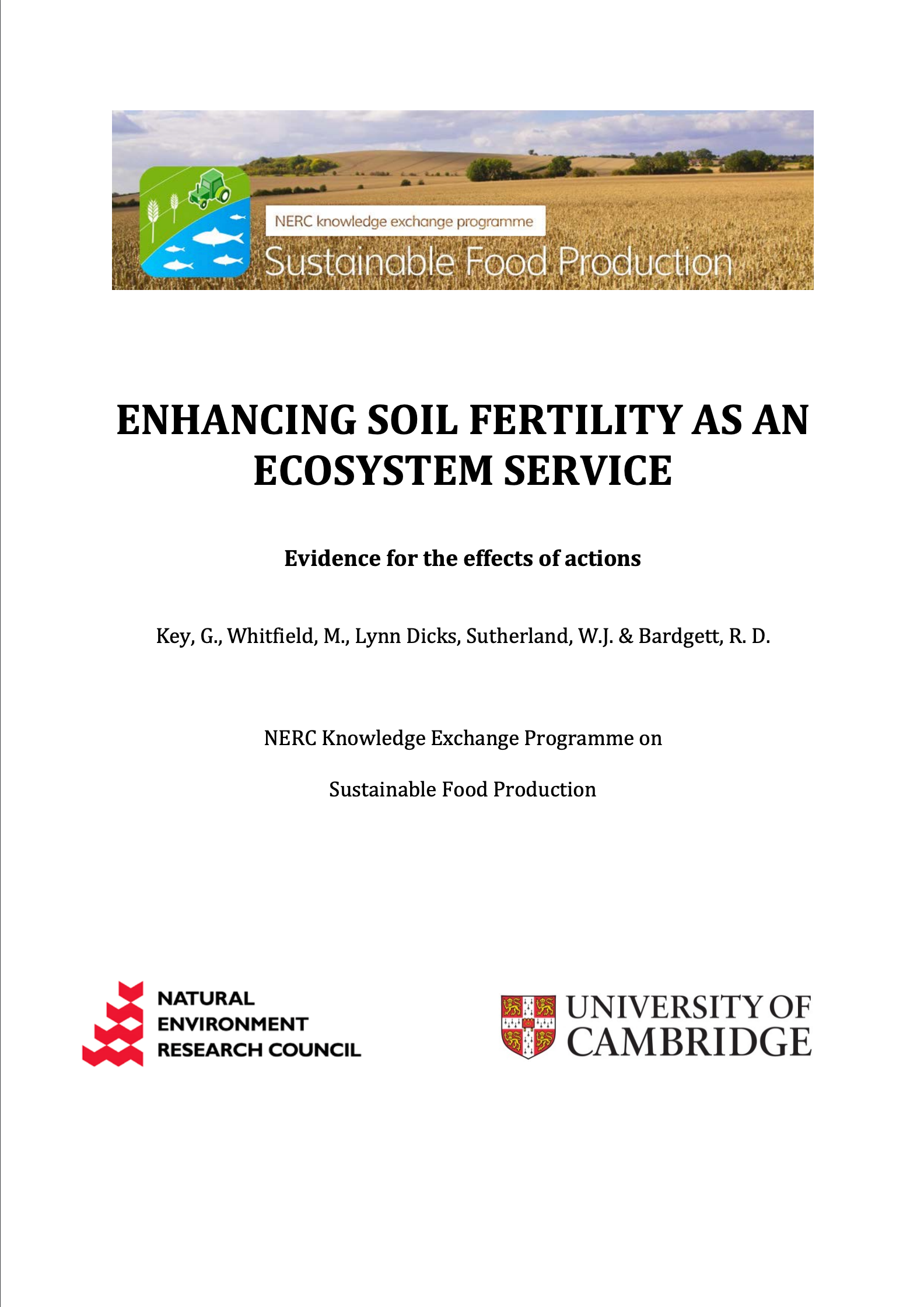Amend the soil with composts not otherwise specified
-
Overall effectiveness category Unknown effectiveness (limited evidence)
-
Number of studies: 1
View assessment score
Hide assessment score
How is the evidence assessed?
-
Effectiveness
54% -
Certainty
29% -
Harms
19%
Study locations
Supporting evidence from individual studies
A controlled, randomized, replicated experiment in 2001-2009 on silty-clay soil in Italy (Baldi et al. 2010) found 169% more soil organic matter in soil receiving 10 t/ha/year of compost compared to an unfertilized control, after 8 years. Soil receiving 5 t/ha/year of compost applied had 75% more organic matter compared to the control. Mineral fertilizers had no effect on organic matter levels. Soils receiving compost at 10 t/ha/year had higher microbial biomass (12 mg/g soil) and fruit yield (51 kg/tree) compared to the control (6.6 mg/g soil and 43 kg/tree, respectively). Six treatments replicated four times were applied to nectarine Prunus persica trees: (1) unfertilized control, (2) mineral fertilizer including phosphorus (100 kg/ha), potassium (200 kg/ha) and nitrogen (70 kg/ha), (3) cow manure (10 decreasing to 5 t/ha), (4) compost at planting then 5 t/ha/year, (5) compost at 5 t/ha/year, (6) compost at 10 t/ha/year. Soil samples were collected annually in September to 40 cm depth. Nectarine trees were spaced at 5 m between rows and 3.8 m between trees. Compost and manure were measured in tonnes of dry weight.
Study and other actions tested
Where has this evidence come from?
List of journals searched by synopsis
All the journals searched for all synopses
This Action forms part of the Action Synopsis:
Soil Fertility
Soil Fertility - Published 2013
Soils Synopsis





)_2023.JPG)














